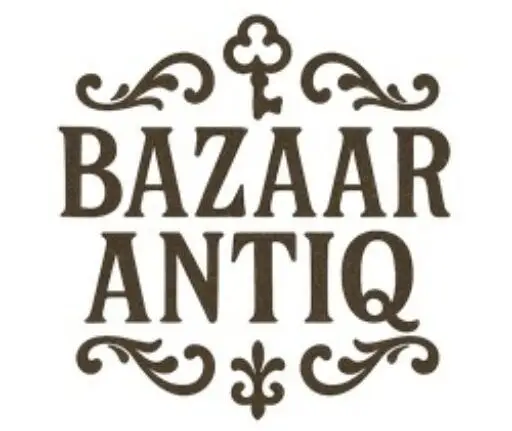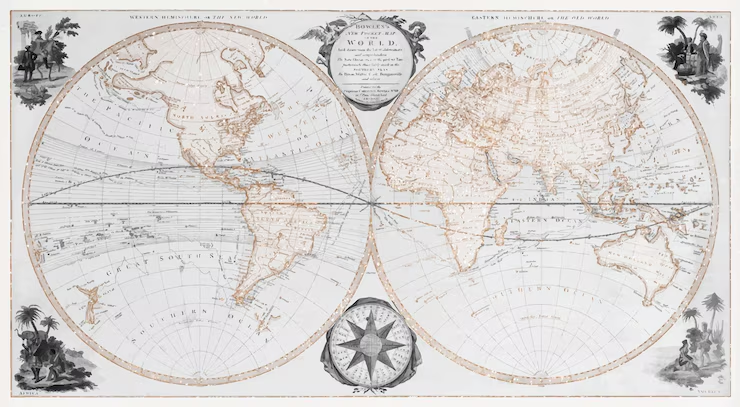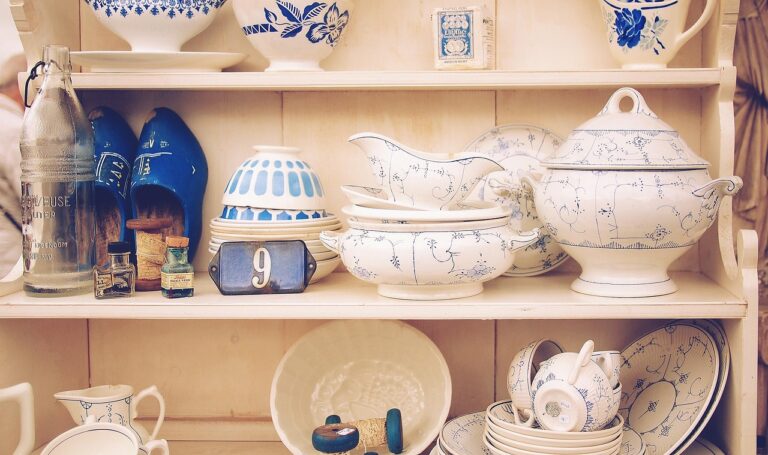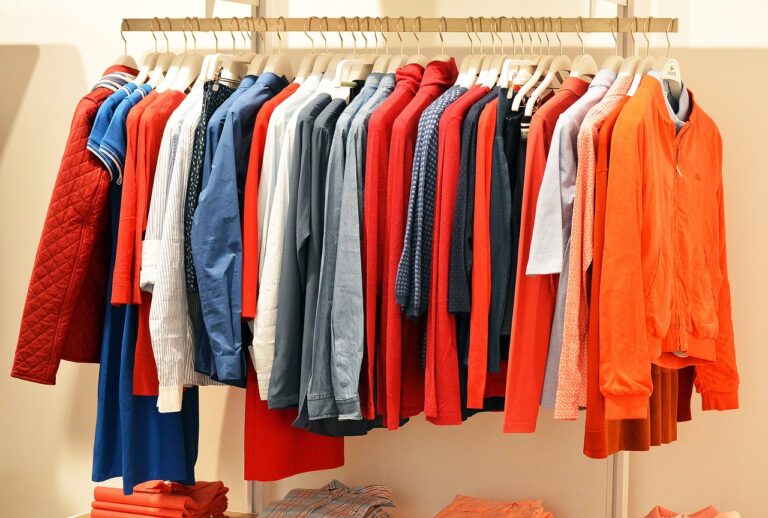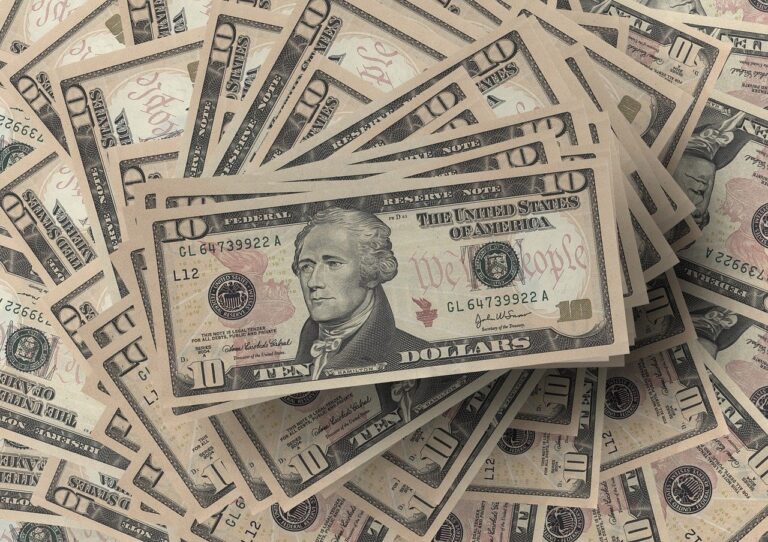The Pitfalls of Overvaluing Antiques: Why Inflated Prices Harm the Market
Introduction
The antique market is a treasure trove of history, craftsmanship, and stories, attracting collectors and enthusiasts to platforms like Bazaarantiq.com. However, a growing issue threatens the integrity of this vibrant marketplace: sellers overvaluing items, sometimes pricing them two to three times higher than their true worth. While profit is a natural goal, inflated prices can mislead buyers, erode trust, and destabilize the market. This article explores why sellers overvalue antiques, the consequences of this practice, and how collectors can navigate it to make informed purchases.
Why Sellers Overvalue Antiques
Sellers may inflate antique prices for several reasons, not all of which are malicious. Understanding their motivations provides insight into the problem:
- Lack of Expertise: Some sellers, especially amateurs or new dealers, misjudge an item’s value due to limited knowledge. For example, a Victorian chair might be priced at $2,000 based on its “antique” label, despite being a common reproduction worth $500.
- Market Speculation: Popular antiques, like mid-century modern furniture or Qing Dynasty porcelain, often see inflated prices during trend-driven demand spikes. Sellers capitalize on hype, hoping to cash in before the trend fades.
- Sentimental Value: Private sellers may overprice family heirlooms, attaching emotional worth that doesn’t align with market value. A 1920s locket might be listed at $1,500 due to its history, though similar pieces sell for $300.
- Profit-Driven Tactics: Some sellers deliberately inflate prices to exploit uninformed buyers, especially in online marketplaces where comparison is harder. A Chippendale table worth $3,000 might be listed at $9,000 to test the market.
Case Study: On platforms like Bazaarantiq.com, a seller might list a supposed “18th-century Meissen figurine” at $5,000, despite telltale signs of modern production (e.g., laser-printed marks). Unsuspecting buyers risk overpaying without proper research.
The Consequences of Overvaluation
Overvaluing antiques has far-reaching effects, impacting buyers, sellers, and the market as a whole:
1. Misleads Buyers
Inflated prices can trick novice collectors into overspending. A buyer purchasing a “rare” Art Deco lamp for $1,200, only to discover it’s a $400 reproduction, faces financial loss and disappointment. This erodes confidence in platforms like Bazaarantiq.com, where trust is paramount.
2. Erodes Market Trust
When overvaluation becomes common, buyers grow skeptical of all sellers, even reputable ones. This distrust can reduce sales across the board, as collectors hesitate to invest in high-priced items without guarantees of authenticity.
3. Distorts Market Value
Overpriced items skew perceptions of fair market value. If multiple sellers list similar Georgian silver candlesticks at $4,000 (triple their $1,200 value), buyers may assume this is the norm, inflating prices market-wide. This bubble can collapse when demand wanes, hurting sellers who priced fairly.
4. Discourages New Collectors
High prices deter beginners, who may feel priced out of the antique market. A young collector browsing Bazaarantiq.com might abandon their hobby if every mid-century chair is listed at $5,000, unaware that authentic pieces can be found for $1,000–$2,000.
5. Encourages Counterfeits
Overvaluation incentivizes forgers to flood the market with fakes, as high prices make reproductions profitable. For example, a “Qing vase” priced at $10,000 might be a $200 replica, exploiting buyers chasing perceived rarities.
Why Overvaluation Is Harmful
Beyond financial losses, overvaluation undermines the antique market’s core appeal: its connection to history and craftsmanship. Antiques are valued for their stories—overpricing them turns treasures into commodities, alienating collectors who prioritize authenticity over profit. It also risks regulatory scrutiny, as unethical pricing can attract consumer protection agencies, further complicating online marketplaces.
Ethical Perspective: Honest pricing reflects respect for the craft and history of antiques. Inflating prices for profit disregards the cultural significance of pieces, turning the market into a speculative game rather than a celebration of heritage.
How Collectors Can Navigate Overvaluation
Collectors can protect themselves and support a healthier market with these strategies:
1. Research Market Value
Use trusted resources to gauge fair prices:
- Auction Records: Check Sotheby’s or Christie’s archives for sold prices of similar items.
- Price Guides: Books like Miller’s Antiques Handbook & Price Guide offer reliable benchmarks.
- Online Platforms: Compare listings on Bazaarantiq.com and eBay’s sold items to spot outliers.
Example: A Tiffany lamp should range from $2,000–$10,000, depending on condition and rarity. A $20,000 listing warrants scrutiny.
2. Verify Authenticity
Overpriced items often hide authenticity issues. Inspect for:
- Maker’s Marks: Genuine antiques, like Wedgwood ceramics, have specific stamps. Compare with museum databases.
- Material Clues: Authentic mahogany furniture shows natural grain, while fakes may use veneer.
- Provenance: Request documentation, like auction receipts, to confirm an item’s history.
Tip: On Bazaarantiq.com, ask sellers for close-up photos and provenance details before buying.
3. Consult Experts
For high-value items, hire an appraiser through the American Society of Appraisers. A $100 appraisal can save thousands on a mispriced piece. Local antique dealers can also offer insights.
4. Negotiate Wisely
Many sellers expect haggling. If a piece seems overpriced, make a polite offer based on your research. For example, counter a $3,000 chair with a $1,500 offer, citing comparable sales.
5. Support Ethical Sellers
Choose shops on Bazaarantiq.com who provide detailed descriptions, clear photos, and reasonable prices. Reviews and ratings can indicate trustworthiness.
The Role of Platforms Like Bazaarantiq.com
Marketplaces can combat overvaluation by:
- Educating Sellers: Offer guides on fair pricing and authentication.
- Moderating Listings: Flag suspiciously high prices or questionable items.
- Promoting Transparency: Encourage sellers to provide provenance and condition reports.
By fostering ethical practices, Bazaarantiq.com can build trust and attract loyal collectors.
Conclusion
Overvaluing antiques may yield short-term profits for sellers, but it harms buyers, erodes trust, and distorts the market. Collectors can fight back by researching values, verifying authenticity, and supporting ethical sellers on platforms like Bazaarantiq.com. By prioritizing transparency and fairness, we can preserve the antique market’s magic—its ability to connect us with history through tangible treasures. Next time you spot a suspiciously pricey piece, dig deeper, and you might uncover a gem at its true worth.
Have you encountered an overpriced antique? Share your story in the comments or browse Bazaarantiq.com for stores fairly priced treasures!
